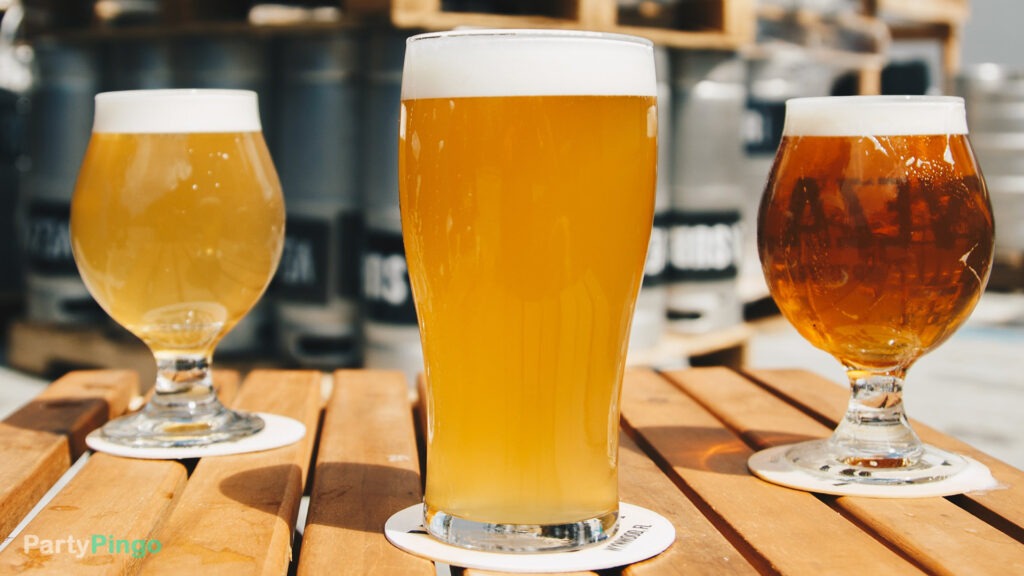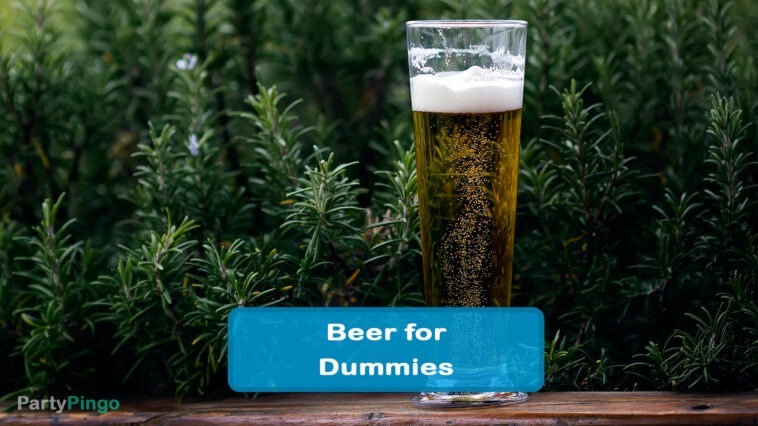Unlocking the Culinary Potential of Beer
Beer enthusiasts understand that this frothy libation is far more than a mere beverage; it’s a holy elixir meant to be savored in the right glass, at the right temperature, and most importantly, in the right context. This includes exploring its dynamic role in culinary endeavors—enhancing flavors, tenderizing meats, and contributing its unique essence to a variety of dishes.
Beer in Culinary Creations
Beer’s incorporation into culinary creations isn’t a novel concept. However, understanding the ideal type, method, and application can elevate the dining experience.
A Light Lager’s Versatility:
A light lager, with its subtle profile, proves excellent for thinning batter, replacing water in baking, and even complementing steamed mussels when combined with a touch of water. Similarly, a light ale can aptly serve this purpose.
Choosing the Right Brew for Marinades:
Selecting the appropriate beer for marinades is crucial. Opt for a light to medium-bodied lager for milder marinades, while stronger lagers or ales, with their robust flavors, excel in enhancing bolder marinades, such as those found in Chinese cuisine.
Considerations for Beer in Cooking

It’s vital to tread carefully when incorporating beer into recipes. Beer predominantly encompasses sweet and bitter flavors, impacting dishes differently during the cooking process.
Understanding Sweetness and Bitterness:
During cooking, the bitterness intensifies due to chemical reactions. Hence, malted beers, emphasizing sweetness, are preferable. Reserve hoppy beers for later addition if seeking a pronounced bitter note. Be cautious with strong, sweet beers—best reserved for desserts and glazes.
The Influence of Color:
Remember, the hue of the beer can tint the dish. Avoid using dark beers like Stout in dishes where visual appeal matters, such as scrambled eggs, as it may not present as appetizingly.
Alcohol Evaporation:
Concerned about getting tipsy from beer-infused dishes? Fear not, as alcohol evaporates at a lower temperature than water (at 79 degrees Celsius compared to water’s 100 degrees Celsius), ensuring it dissipates before the dish is served.
Pairing Beer with Food
Similar to wine, pairing beers with dishes involves a nuanced approach. Light beers complement lighter fare, while robust brews complement heartier dishes. However, exceptions abound, so consulting local beer experts for personalized recommendations is wise.
Appreciating Beer’s Nuances Pre and Post-Meal
For those keen on embracing the full spectrum of beer’s pleasures, consider these suggestions:
As an Aperitif:
Start with a hoppy and light beer like a dry Pilsner, Steam Beer, India Pale Ale, or Belgian Lambic to stimulate the palate.
Post-dinner Delights:
Transition to more characterful yet light and effervescent beers like Brown Ale, Kölsch, or a regular Bitter to complement the meal’s flavors.
Evening Elixirs:
Delve into the realm of dark beers—Barley Wine, Russian Imperial Stout, or Belgian Strong Ale—which pair impeccably with chocolate or serve as a delightful dessert substitute. Their higher alcohol content offers an alternative to spirits, making for a memorable evening centered around beer.
Beer’s Harmony with Spirits
Quality beer extends its companionship beyond meals, harmonizing beautifully with various spirits like schnapps, vodka, gin, tequila, or Scotch whisky. Experimenting with pairings can unveil delightful flavor symphonies.
In essence, appreciating beer goes beyond mere consumption; it’s an art form, enhancing culinary experiences and offering a myriad of delightful pairings and possibilities.
Disclaimer:
Please remember to drink responsibly! This post is not intended to promote excessive or irresponsible drinking. PartyPingo does not condone underage drinking, drinking and driving, or any form of reckless alcohol consumption. Stay safe and know your limits.
If you enjoyed our content, please share it with others or give us some feedback and let us know how we can make it better!
This post contains affiliate links.


